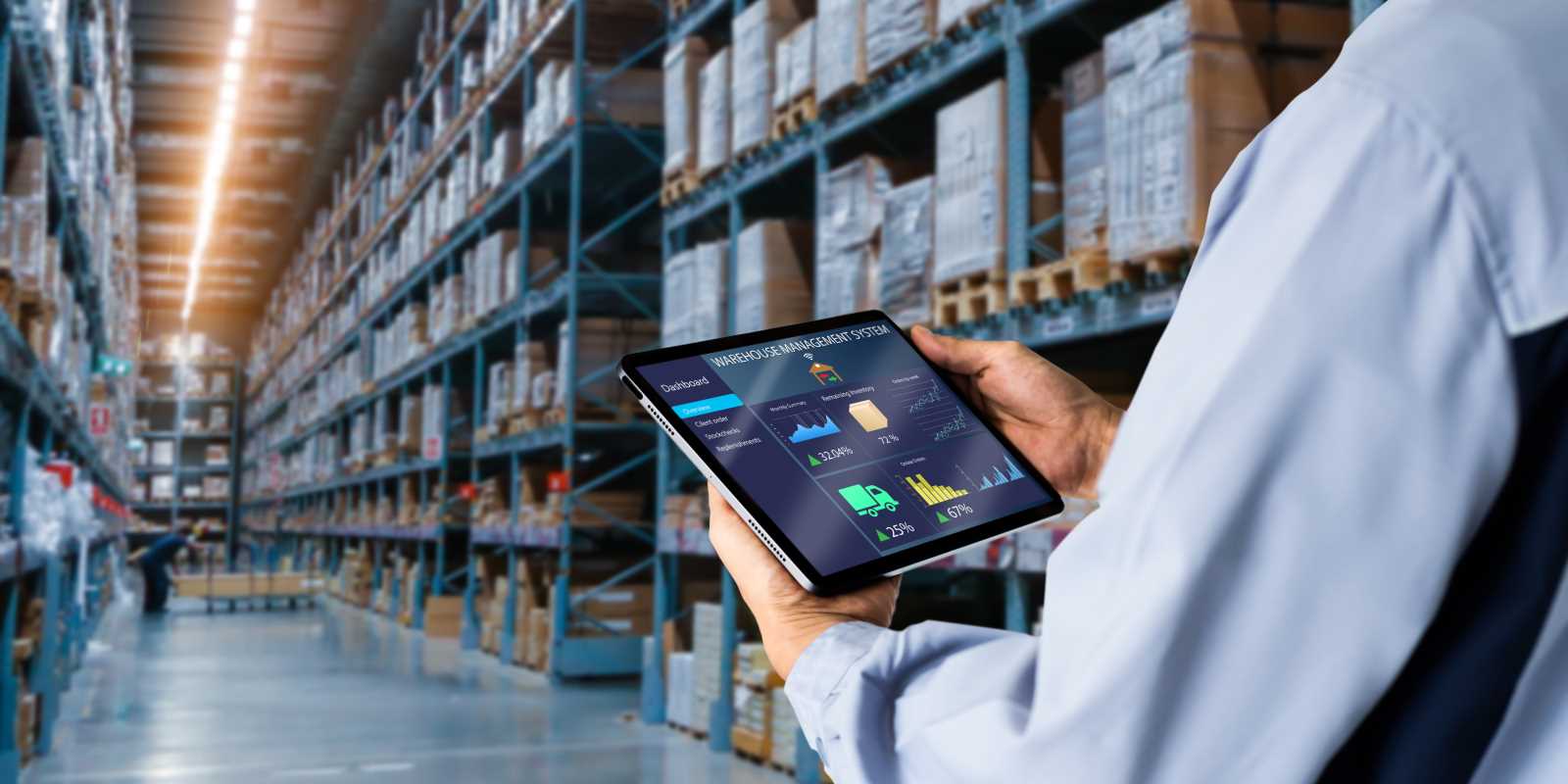Identifying growth opportunities in your local area often requires a closer look at specific neighborhoods and streets. Relying on accurate data and straightforward insights allows you to pinpoint the places where your services genuinely resonate. Instead of spreading your efforts everywhere, you can focus on areas that show the most promise. Using real, street-level information, you can make informed decisions about where your business is likely to succeed. This approach helps you avoid guesswork and ensures that your offers reach the people who are most likely to respond positively, giving you a much clearer path to meaningful connections and lasting results.
Using analytics this way helps you allocate budgets wisely and craft messages that resonate with specific community needs. You avoid wasting ad spend on people outside your optimal zone. Instead, you drill down into the neighborhoods where your business can thrive.
Understanding Hyperlocal Market Dynamics
Hyperlocal markets depend on small geographic slices—sometimes just one postal code or a handful of city blocks. Customer preferences, foot traffic patterns and local events shape buying behavior here. Observing these factors gives you clear direction on where to focus.
Talk to shop owners or run quick polls in community social media groups. These simple steps reveal common questions or local pain points. Mixing this qualitative feedback with hard numbers gives you a full picture of demand and opportunity.
Key Analytics Metrics to Track
- Foot Traffic Trends: Measure daily or hourly counts near your storefront or pop-up.
- Demographic Breakdown: Track age, gender and income levels of visitors in each zone.
- Purchase Frequency: Monitor how often repeat customers make local purchases.
- Ad Response Rates: Compare click-through and conversion rates by zip code.
- Local Search Queries: Analyze which search terms drive people to your site from that area.
By keeping an eye on these metrics, you will know exactly where to ramp up promotions or tweak your product mix. You spend marketing dollars only on pockets that actually respond, saving effort and cost.
Data Sources and Collection Methods
Local Wi-Fi tracking sits at the top of the list for foot traffic data. Placing simple sensors in your store lobby or event booth captures counts and dwell times without asking customers to check in. Fleet-tracking data from delivery vehicles can also reveal which streets have the highest order density.
Publicly available records—like local government data on permits, community calendars and parking violations—show you where gatherings or hotspots happen. Scraping neighborhood forums and review sites can unearth trending topics or pain points expressed by residents.
Analytical Tools and Techniques
- Use Google Analytics with geo-reporting enabled to see exact regions driving web traffic and conversions.
- Set up heat maps via Tableau or Power BI to visualize which streets or blocks generate the most interest.
- Leverage retail analytics apps that sync with point-of-sale data to track in-store sales by location.
- Run small A/B tests within different micro-regions to compare ad messaging performance.
- Combine census data with custom surveys in GIS software for layered demographic insights.
These steps help you turn raw numbers into clear action items. You pinpoint exactly which area needs extra signage, a pop-up event or a targeted social campaign to drive engagement.
Integrating Analytics into Local Campaigns
Create neighborhood-specific ad sets that reflect local language, landmarks or seasonal events. Use dynamic creative tools to swap images of nearby streets or community icons. That personal touch grabs attention and boosts click-through rates.
For example, when launching a weekend food festival promotion, set up three separate campaigns for adjacent districts. Compare engagement and spend in real time, then reallocate budget where ticket sales rise fastest. This feedback loop keeps your approach flexible.
Measuring Success and Making Improvements
After each campaign, examine improvements against your baseline metrics. Did foot traffic increase in the targeted block? Did online orders from that postal code grow? Capture any change above normal variance.
If results fall short, change one element at a time—say, adjust ad copy or shift ad hours to match peak foot traffic. Small, controlled experiments let you identify what truly moves the needle. Then, implement the winning version across similar local pockets.
Creating a Long-Term Growth Cycle
Turn hyperlocal wins into bigger strategies by documenting proven tactics. Keep a simple playbook: how you collected data, which messages performed best and the budgets that generated the highest ROI. Update it every quarter with new insights.
Hiring a part-time data analyst or subscribing to a tool like Google Analytics 360 can boost your tracking. You keep a steady pulse on local shifts and never miss a new hotspot or changing customer preferences.
Combine these insights with community events or neighborhood sponsorships. When residents see your brand active in their area, trust increases. You establish your reputation as a business that cares about local culture.
With focused analytics and quick adjustments, you build a feedback loop that supports ongoing growth. Each local success teaches you more about where to go next, helping you optimize spending and increase impact.
Local markets often hide behind small streets and niche customer groups. Revealing those hidden gems with targeted analytics helps you gain confidence to invest in the right blocks, connections and messages. Precision and speed keep you ahead of the competition in a crowded field.
Begin by identifying your top neighborhoods and launching a micro-campaign. Use data to guide your next steps and achieve real growth.
 (Image via
(Image via





